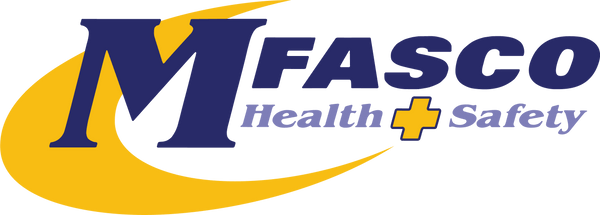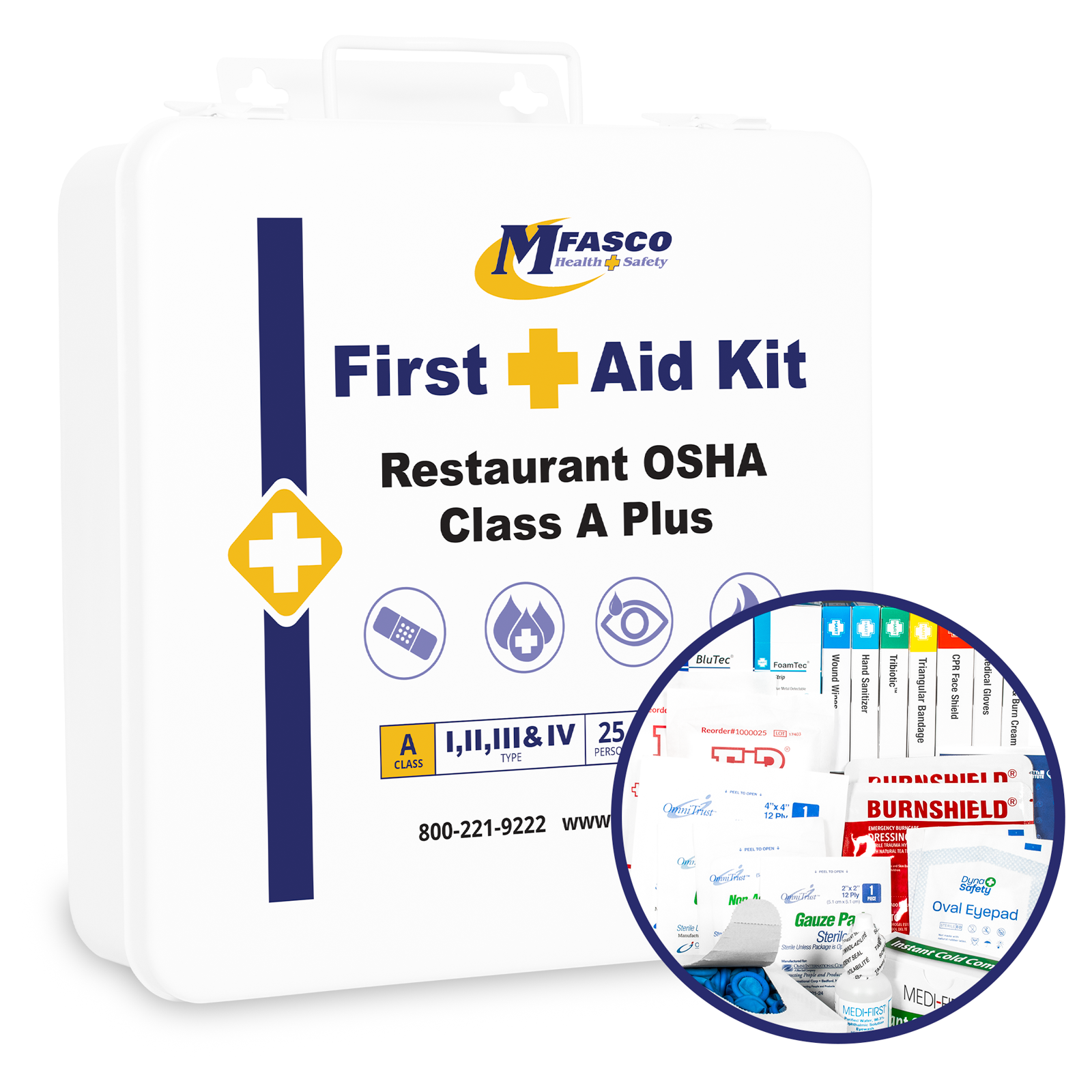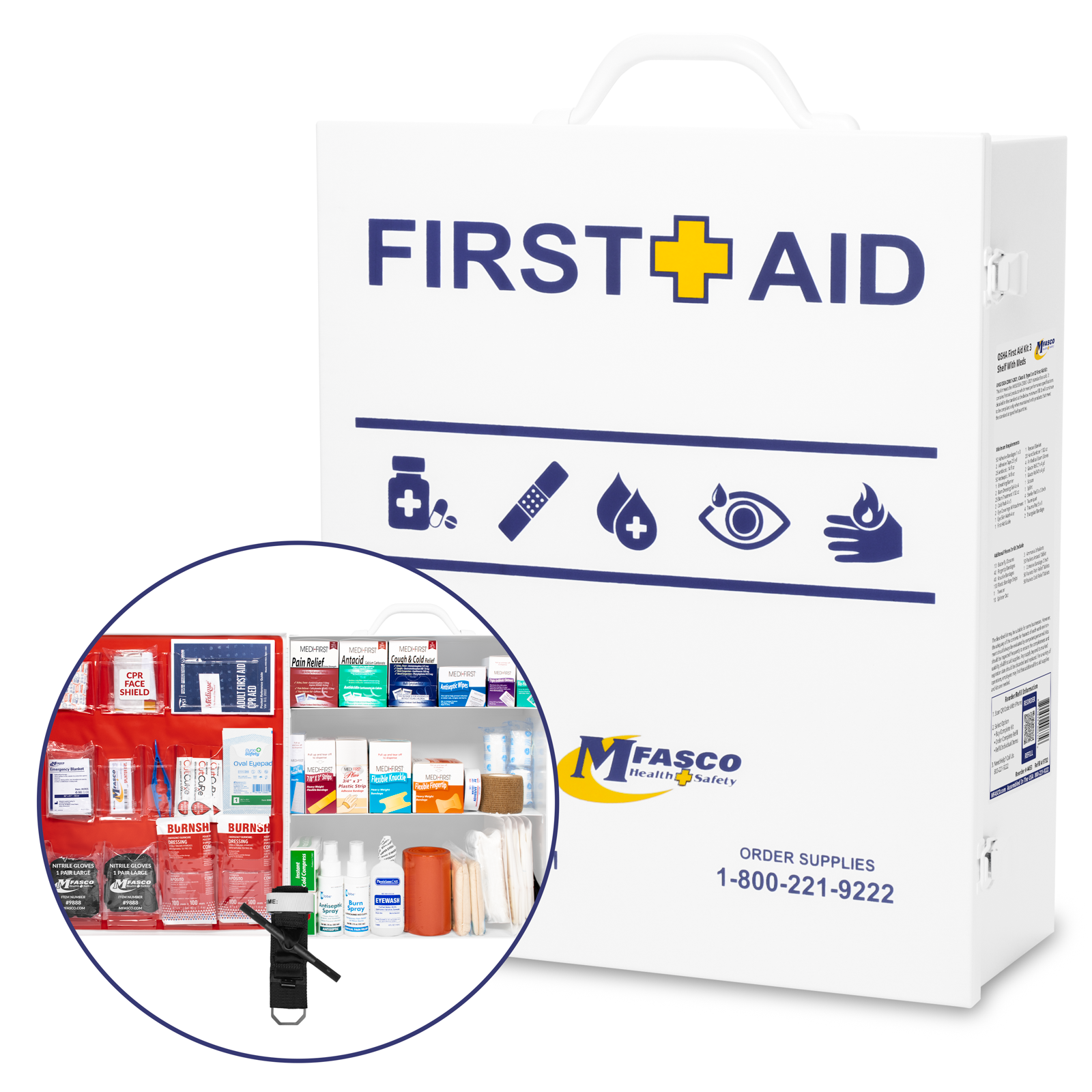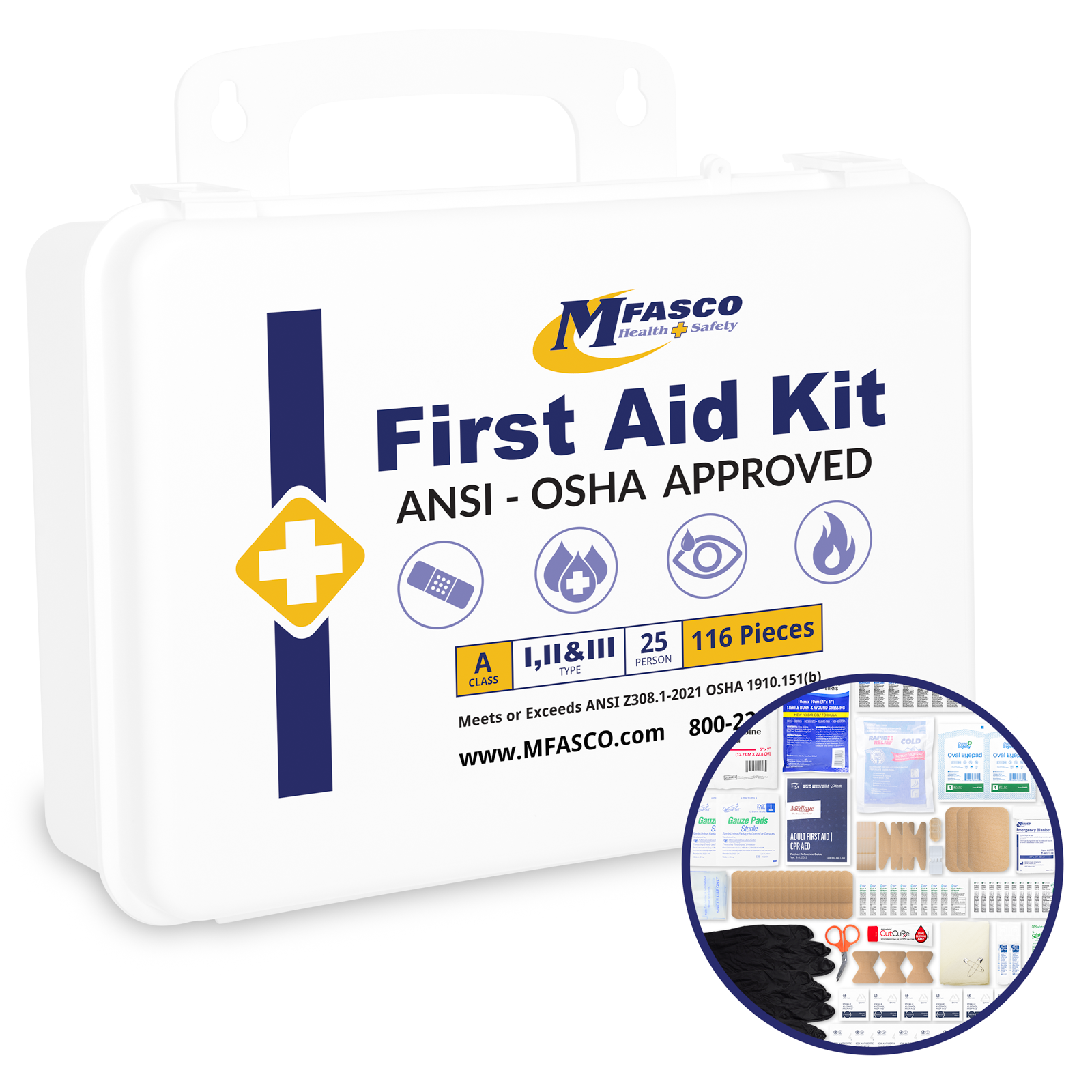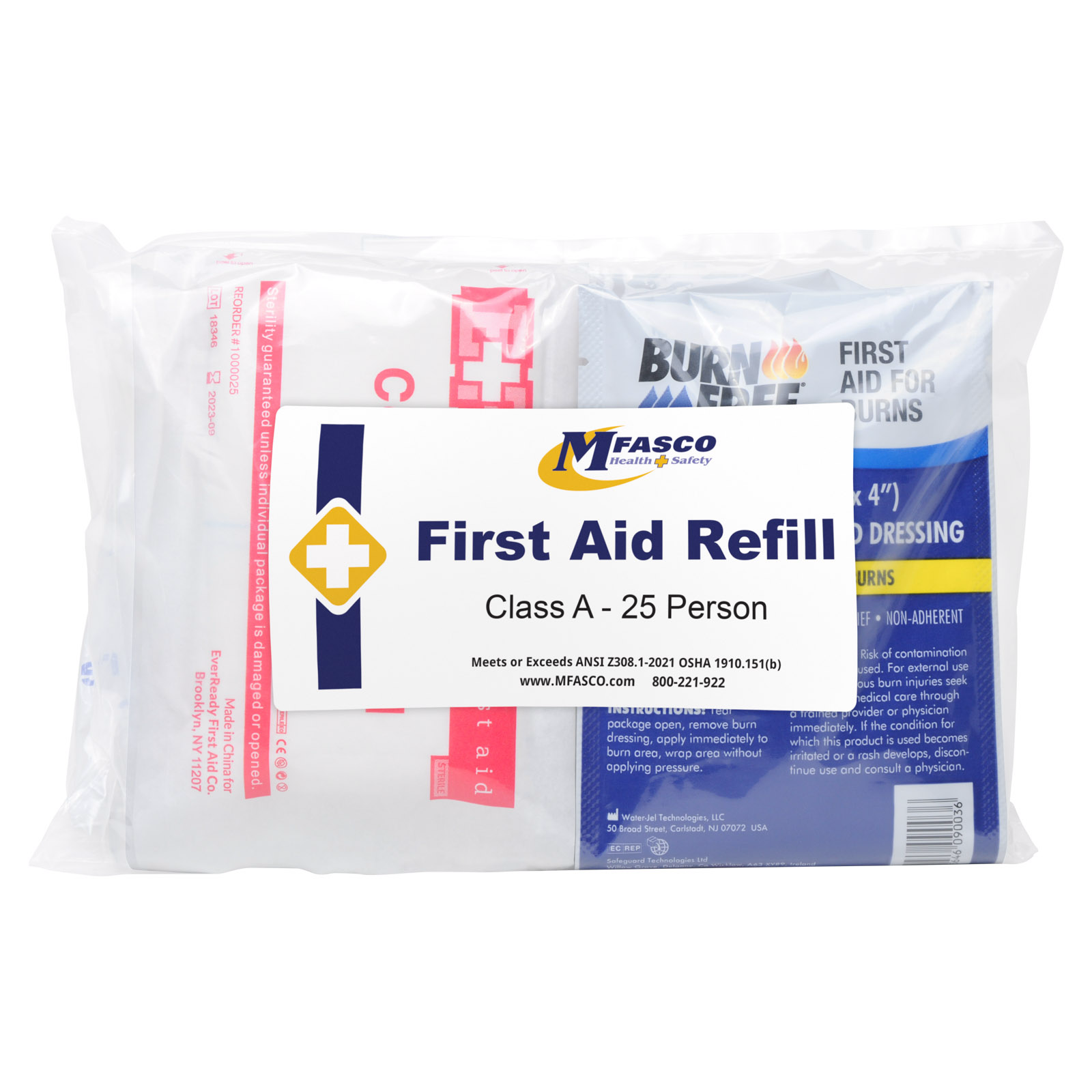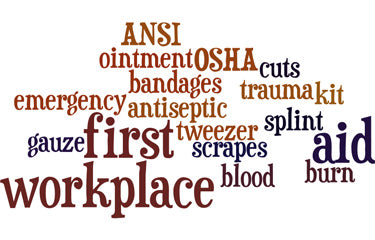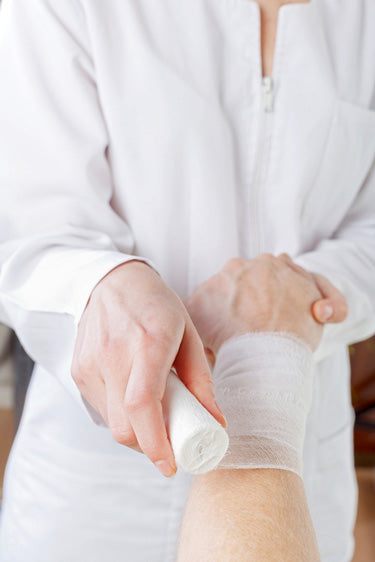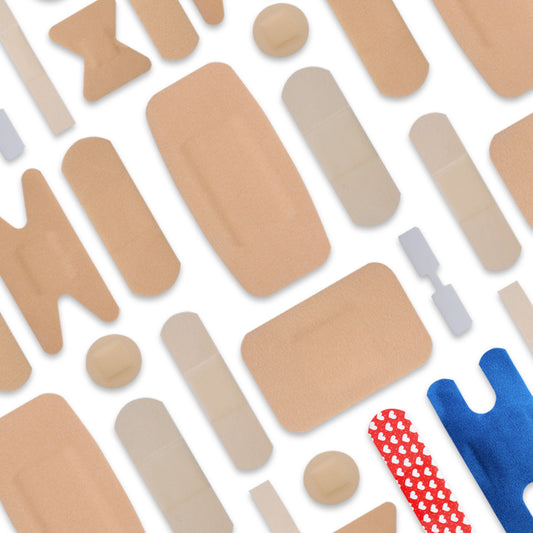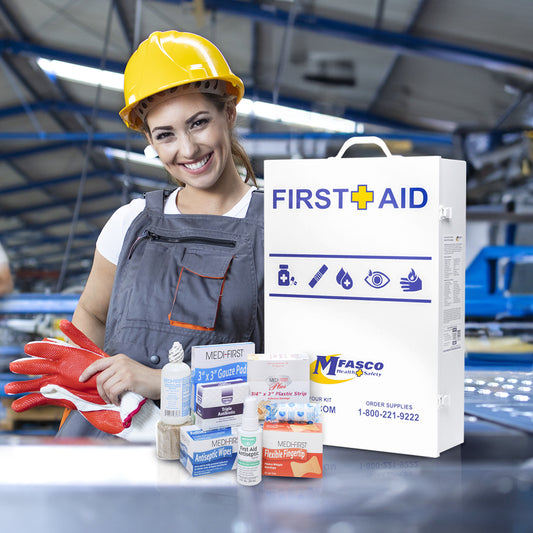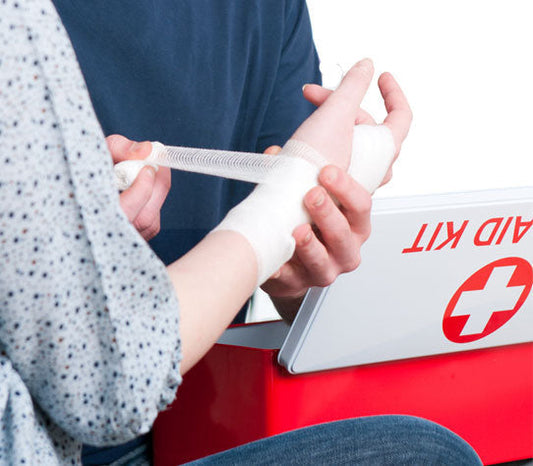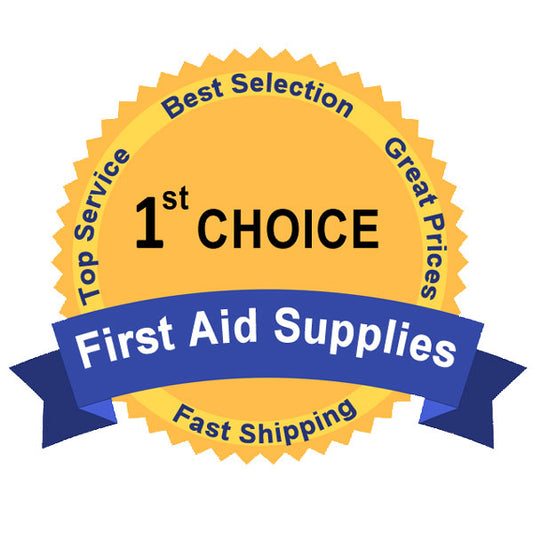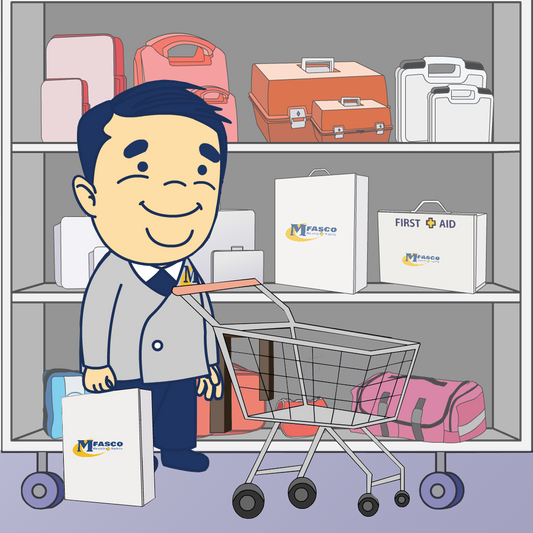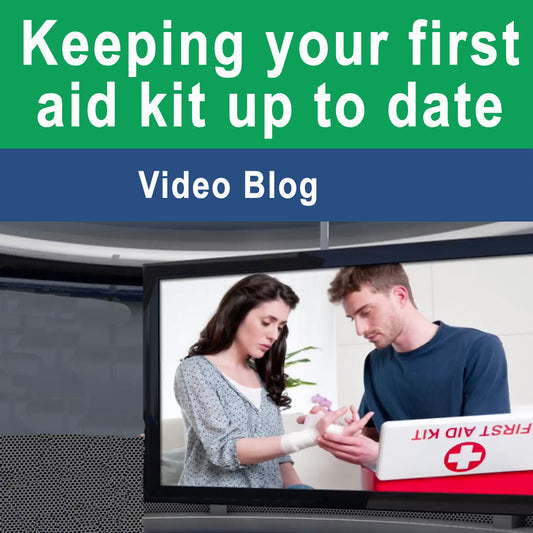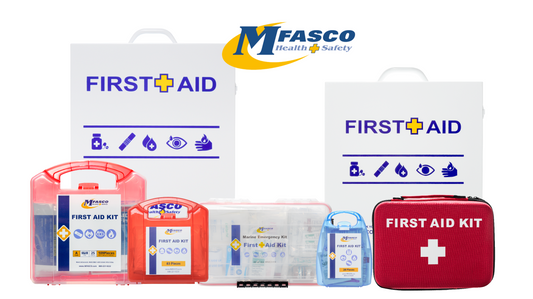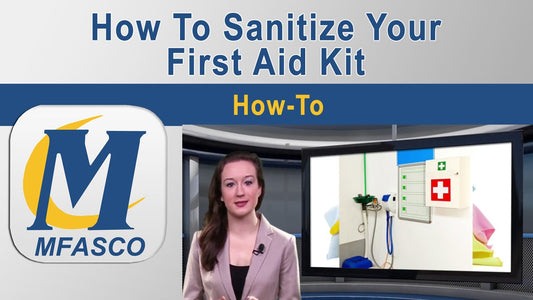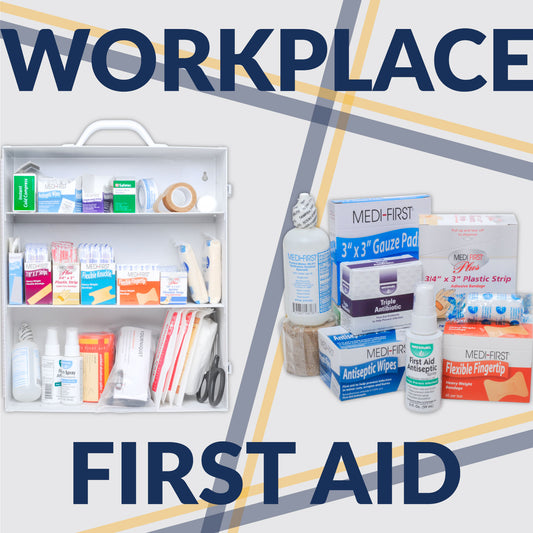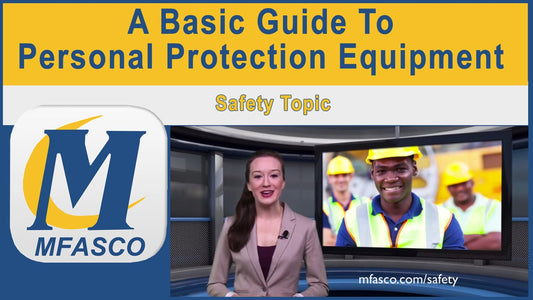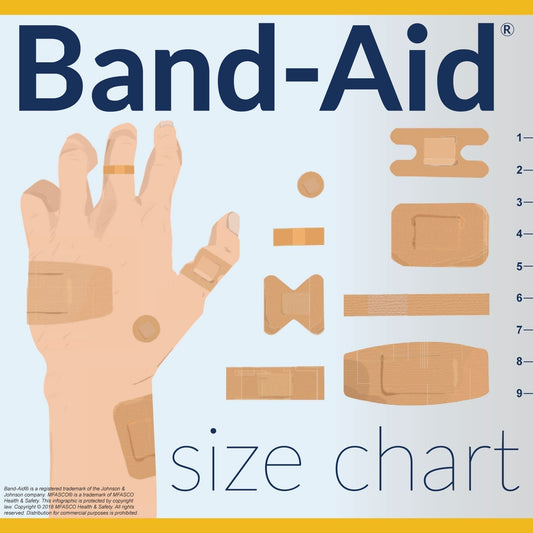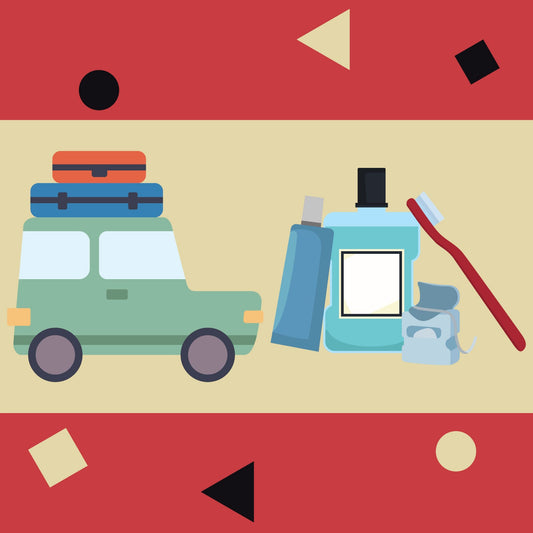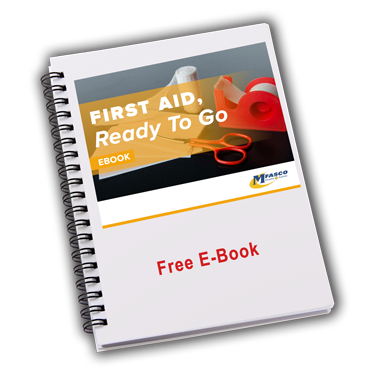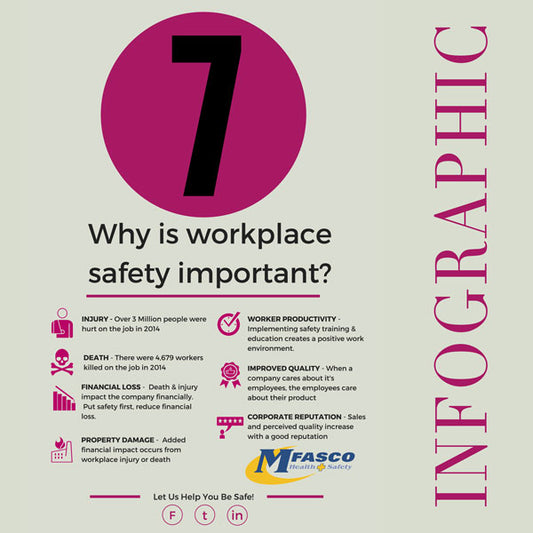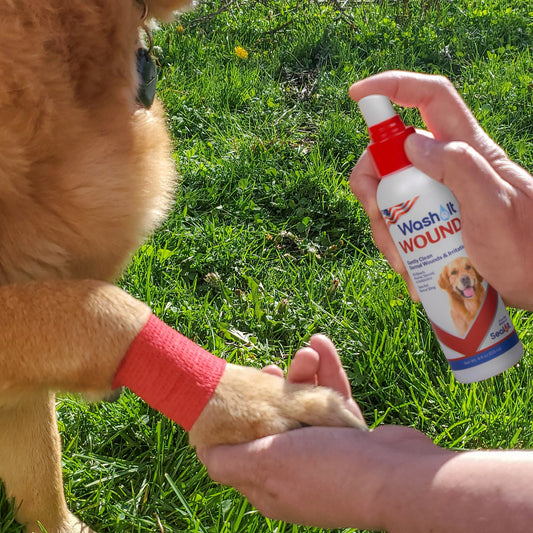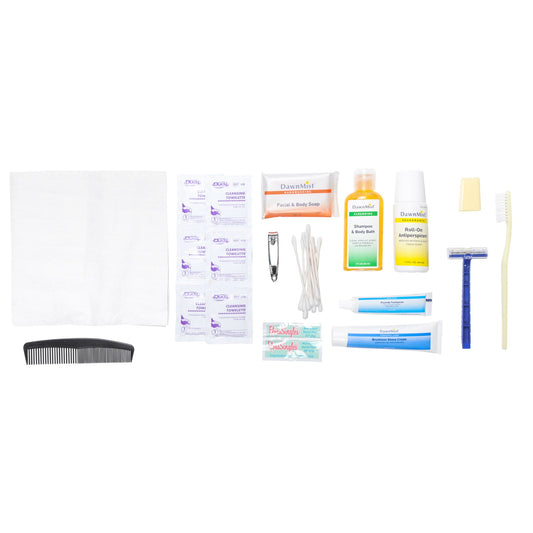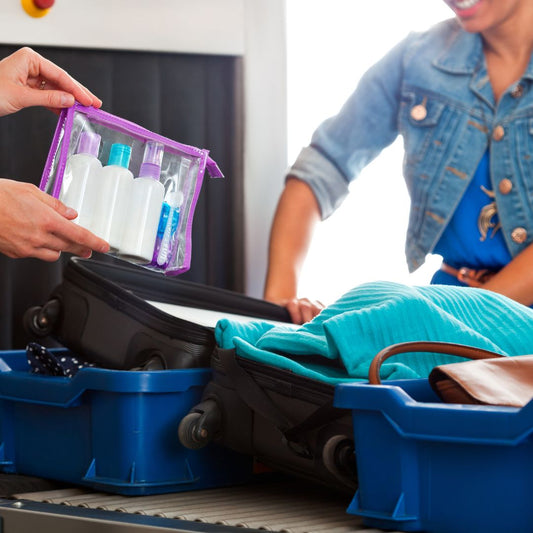ANSI Z308.1-2015 FAQ
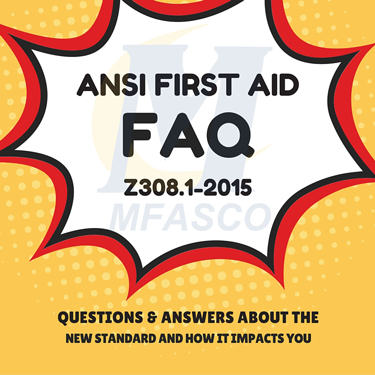
Please see this link for the current ANSI 308.1 Workplace First Aid requirements and FAQ.
The purpose of this article is to address frequently asked questions about the new ANSI Z308.1-2015 minimum requirement for first aid supplies. The new regulation is spelled out in the official ANSI document. Many of the answers listed below are quoted directly from the ANSI document.
Who are OSHA, ANSI & ISEA?
There are 3 agencies that establish and enforce the workplace first aid requirements. OSHA is the United States Government Agency that establishes and enforces the rules and laws for first aid. Back in the late 1970's, OSHA established Federal regulations for medical services and first aid. 29CFR 1910.151 summarizes the circumstances, people, and supplies required for first aid. "In the absence of an infirmary, clinic, or hospital in near proximity to the workplace which is used for the treatment of all injured employees, a person or persons shall be adequately trained to render first aid. Adequate first aid supplies shall be readily available." With this law in place, performance requirements need to be maintained and modified. This is where ANSI (The American National Standards Institute) and the ISEA (International Safety Equipment Association) come in. The ISEA represents all facets of the health and safety universe including manufacturers, volunteer organizations, health experts, and distribution to establish minimum performance requirements for first aid kits (the actual container) and the supplies that go in them.
Why are changes being made to the ANSI Requirements?
The 2015 revised standard updates and expands the 2009 standard. It classifies first aid kits based on the assortment and quantity of first aid supplies meant to deal with most types of injuries and sudden illnesses encountered in the workplace. Major and minor wounds, minor burns, sprains, strains, and eye injuries were considered. These types and quantities of supplies were based upon a review of increased workplace incidents requiring first aid treatment as well as international standards and current practices in treating injuries.
What are the changes?
- The 2015 revision introduces two classes of first aid kits. Class A - Contents designed to deal with the most common types of workplace injuries Class B - Broader range and quantity of supplies for more complex or risky environments.
- New required supplies have been added to the list. Many "recommended" items in the previous 2009 standard are now required for both of the newly designated A & B class kits in the 2015 standard.
- Quantities have been modified based on the number of employees and types of injury Many of the supplies Additional supplies
- Scissors are to be included in both classes of kits
- A splint and a tourniquet are both required for a Class B first aid kit.
- Unitized kit requirements Specific requirements for unitized first aid kits have been removed from the 2015 standard
How do I determine what Class I fall under?
Employers should ask the following questions to better understand what class kit they need.
- Risk - Does the risk and task load of the work environment influence the number or severity of injuries?
- Severity - What type of injuries can be anticipated and their seriousness
- Likelihood - What is the likelihood that the employees may be injured and need to access supplies?
How do I know how many first aid kits or supplies I need for my organization?
- Number of employees - How many employees are exposed to injury on the job?
- Physical layout - How far away are the supplies from an injured employee? It may be appropriate to locate several first aid kits throughout your facility for convenience and accessibility. This may also help provide enough supplies for larger organizations.
- Remoteness - How far away are the nearest emergency services? These same considerations can be taken into account when determining if a first aid kit should be augmented with additional supplies, as noted in the appendix of the standard.
Are there any special considerations for unitized kits?
These rules have changed. Supply requirements for a unitized kit are the same as a class A or B. Guidance on color-coding of first aid supplies for these configurations of kits is as follows:
- Blue - Antiseptics
- Yellow - Bandages
- Red - Burn Treatment
- Orange - PPE
- Green - Miscellaneous
Are container types still the same?
Yes, performance requirements and classifications of container type I, type II, type III, and type IV are the same.
Does the standard say how often to inspect supplies?
Yes. Section B.1 "Ongoing Maintenance," says first aid kits should be inspected frequently for:
- Stock quantity levels to ensure adequate available supplies
- Completeness - to ensure all required items are in the kit
- Safe and usable condition of supplies
- Expiration dates inspected and replaced if beyond the date
Are there other supplies I should or can include in my first aid kits over and above the ANSI minimum requirements?
Yes, each work environment is unique and is expected that a first aid kit containing the minimum required first aid supplies will be "augmented" (to make it greater in size or value) with additional items or quantities of required supplies based on specific hazards existing in a workplace environment. For example, your environment may require more bandages or burn dressings because there are more workers with tasks having a higher risk of cuts or burns. The selection of such items should be based on the recommendation and consultation of a person competent in first aid and cognizant of the hazards and the number of people found in the workplace. Federal, state, and local requirements should be consulted, where appropriate.
What additional items are recommended by ANSI?
- Augment kits with the following first aid supplies, as applicable:
- Low-dose aspirin used to treat suspected heart attacks
- Hemostatic agent for individuals with compromised clotting or uncontrollable bleeding
- Electrolyte replacement for heat-stress-related injuries
- Glucose replacement for diabetic or hypoglycemic episodes
- Analgesic (oral and/or topical)/anti-inflammatory
- Hydrocortisone for itchiness and skin-related reactions including rashes
- Antihistamine for allergic reactions Foil blanket for treating shock and/or cold-stress-related injuries
How are kit containers classified in the ANSI standard?
There are four considerations used by ANSI to determine the "Type" classification of a first aid container. They are:
- Portability
- Ability to be wall-mounted
- Water resistance
- Corrosion & impact resistant
What do the ANSI Type I - Type IV container classifications mean?
The kit containers are classified by portability, ability to be mounted, resistance to water, and corrosion and impact resistance. Four types are identified:
Type I: Intended for use in stationary, indoor applications where kit contents have minimal potential for damage due to environmental factors and rough handling. These kits are not intended to be portable and should have a means for mounting in a fixed position. Some applications for Type I first aid kits are general indoor use, office use, or use in a manufacturing facility. First aid cabinets would generally fall into this type.
Type II: Intended for use in portable indoor applications where the potential for damage due to environmental factors and rough handling is minimal. These kits should be equipped with a carrying handle. Some applications for Type II first aid kits are general indoor use, and use in office, or manufacturing environments.
Type III: Intended for portable use in mobile indoor and/or outdoor settings where the potential for damage due to environmental factors is not probable. Kits should have the means to be mounted and have a water-resistant seal. Typical applications include general indoor use and sheltered outdoor use.
Type IV: Intended for portable use in mobile industries and/or outdoor applications where the potential for damage due to environmental factors and rough handling is significant. Typical applications include the transportation industry, utility industry, construction industry, and the armed forces.
Do I need to have a list permanently attached to my ANSI-approved kit?
Yes
- Labels and markings must be legible and permanent.
- Each kit and/or location must be visibly marked.
- A specific formatted ANSI Class A and B label must be adhered to the container
My first aid kit kit currently meets the ANSI Z308.1-2009 minimum requirements, what do I need to do?
Update your first aid kit now. The ANSI standard has been updated several times since it was created back in 1998. The most recent update was approved on June 17, 2015, and goes into effect on June 17, 2016. All workplace first aid kits should be updated to the most recent standard by June 17th.
Is there an official list that tells me what I need to put in my first aid kit?
Yes, the list below represents the minimum required supplies for either Class A or Class B first aid kits. Here is the official list from ANSI:

|
Managing & Reorder Supplies
Updating your first aid supplies is easy if you use one of several great tools found here at MFASCO Health & Safety. Based on your needs, one of these will work best for you. Refill This Kit- This resource can be found on any of our first aid kit pages. Go to any ANSI metal first aid box detail page and click on the "refill this kit" tab where you will see a complete list of each item. You can order the necessary supplies from there. RestockKit- This is a graphical drag-and-drop tool. Select the kit that looks like yours. Then simply click on the picture of the product you need, add it to your cart, and checkout. Complete Refill Packs- We offer complete kit refills. If you have a container and want all the stuff to go in it, this is your fastest and easiest option. Make-A-Kit - Go to any empty first aid container and select the "Make-A-Kit" tab. Follow the instructions there. You can create an ANSI kit in a few seconds. Reorder List- Our version of a saved list is a great way to manage and reorder all of your supplies. Sign in to our website, go to any product page, and click the "Add to Reorder List" button. You can even have multiple saved lists. |
First Aid Products & Accessories
MFASCO's Make a Kit Tool
Complete First Aid Kit Refill Packs
Reorder Lists for First Aid Kits
Additional Resources for Reordering First Aid Kits & Supplies
Top 8 First Aid Kit Types
What is in a First Aid Kit?
Essential First Aid Kit Supply List
Contributing Expert

Mike Brinker
Mike Brinker has been working in the first aid industry for over 35 years. He has worked with thousands of businesses,groups, and organizations to provide a healthy and safe work environment. Mike helped create “Make-A-Kit”, the internet's only online first aid kit creation tool. He has also authored many helpful first-aid and safety-related resource articles found at the MFASCO Learning Center.
